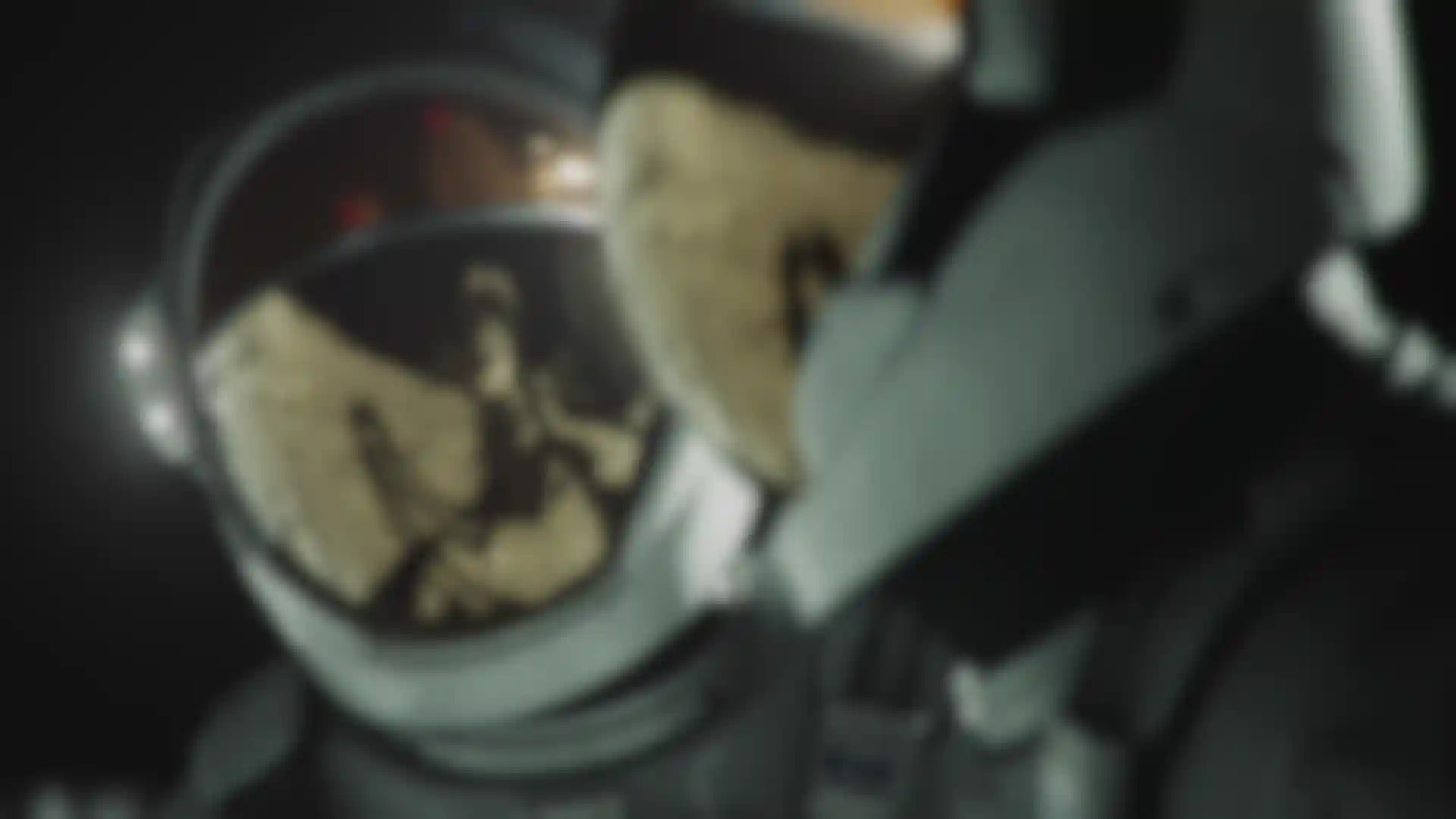
Life Beyond Earth How Revenant used C4D, Redshift and more to envision what a future lunar settlement might be like.
Glasgow-based VFX house Revenant’s specialty lies in creating abstract realities with a grounded perspective, which is perhaps why their work simultaneously seems to offer a glimpse of the future while also blazing new ground for what we think of as commercial work.
Freshly rebranded after being formerly known as Playdead, Revenant recently used Cinema 4D, Redshift, Unreal Engine and Nuke to create “Life Beyond Earth,” an immersive short film made in collaboration with the architectural firm Skidmore, Owings and Merrill (SOM) and the European Space Agency (ESA).

The film was part of a larger Life Beyond Earth installation at the 17th International Architecture Exhibition of La Biennale di Venezia, which aimed to give visitors a glimpse of ESA’s concept of a Moon Village that envisions how humans may live on the Moon and other extreme place in the future.
We talked with Revenant Creative Director and Founder Kevin McCrae about the making of the animated film, which shows the Moon Village in operation as well as how it will grow over time.
We hear the film has already won several awards. Tell us about those.
McCrae: Yes, the film has already won several awards, including the New York International Film Awards, Vega Awards and The Lovie Awards. The film has been recognized for its direction, as well as quality of animation. It’s been great to be noticed at this level among some truly outstanding animations, directors and artists.
Describe your collaboration with SOM and ESA to create “Life Beyond Earth.”
McCrae: Daniel Inocente, the lead designer on the Moon Village project at SOM got in touch with us earlier this year after seeing the animated film we created for the Luxembourg Space Agency. It was great to have their expert advice when creating props, such as vehicles and suits. They also answered a lot of our technical questions about the habitats, and everything went so well, we’re now working on another exciting project with them.
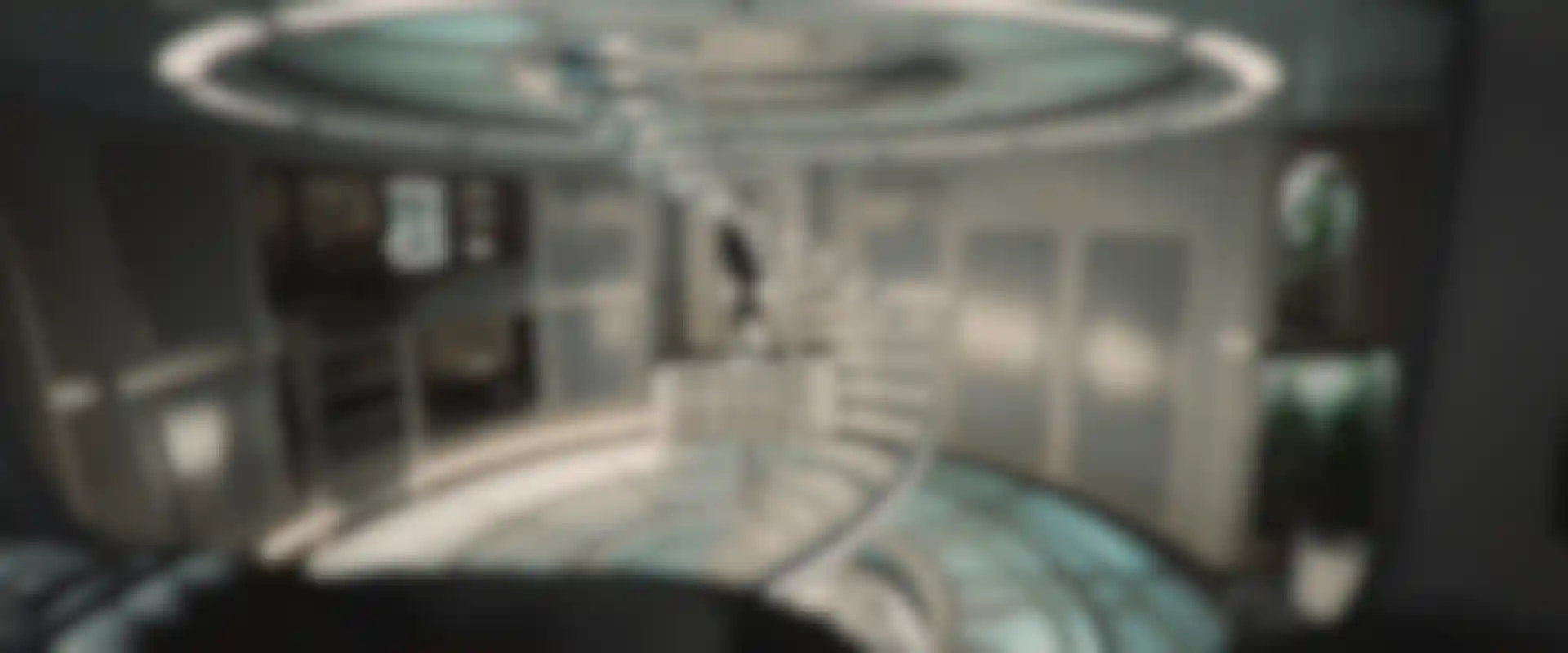
How did you approach visualizing their concept for a lunar settlement?
McCrae: When we first began, we were challenged by all of the technical learning we needed to do. None of us are fluent, or even able to speak, astrophysics, so there were a lot of conversations to make sure we were representing things as factually as possible.
We would visualize the story as animatics or concept renders of things like, how the habitat would leave Earth or how the settlement would operate on the Moon. Then, our team, along with Dr. Jeffrey A. Hoffman, a former NASA astronaut and current professor of aeronautics and astronautics at MIT, would make sure we walked the line carefully on what was fact and what was fiction.
Sounds like there was a lot of R&D?
McCrae: Lots of R&D, yes. We referenced films, as well as real-life ships, rockets, modules, landings, footage and more. The spacesuit and rover were designed by our concept artist Antonio Esparza, and the habitats were designed by the team at SOM. Dr. Hoffman was not only able to lend his incredible experiences, insight and knowledge, he also helped us course correct when something deviated from fact to ensure all of our decisions were based on sound science.
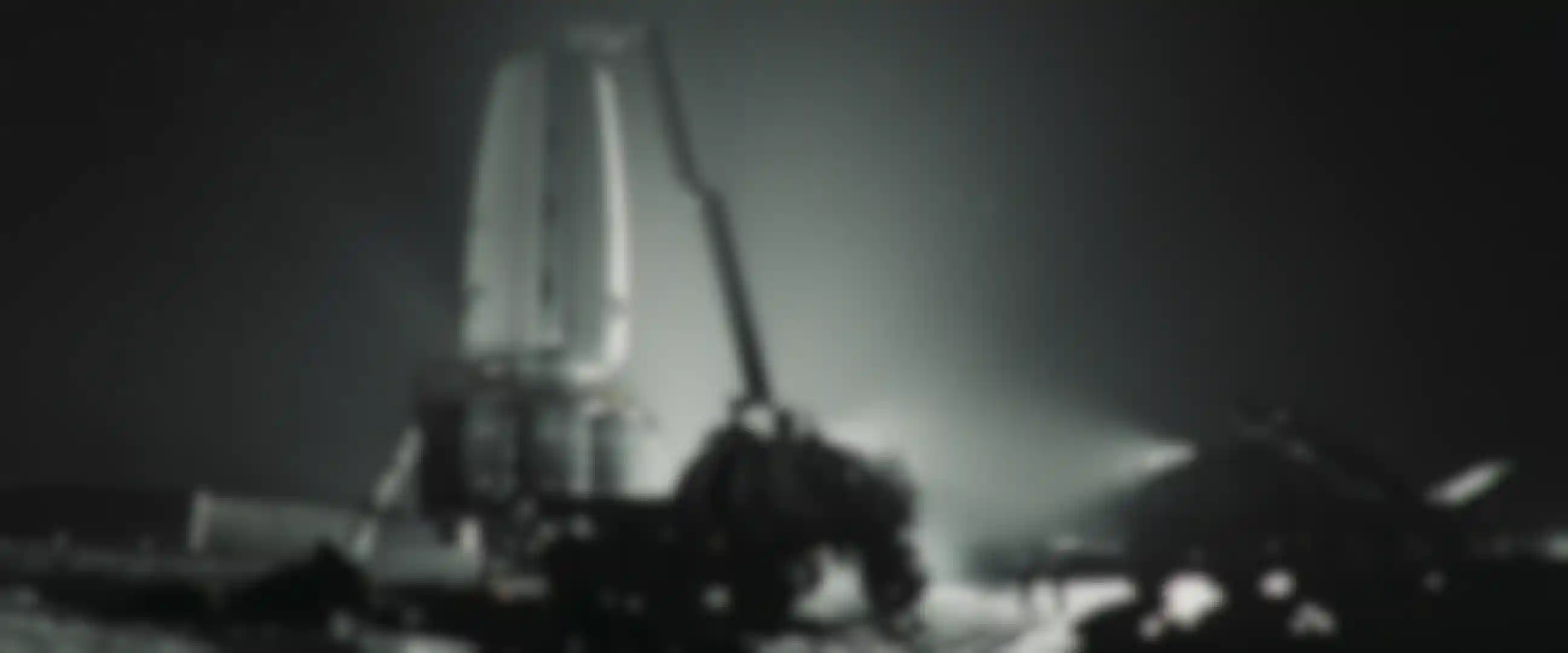
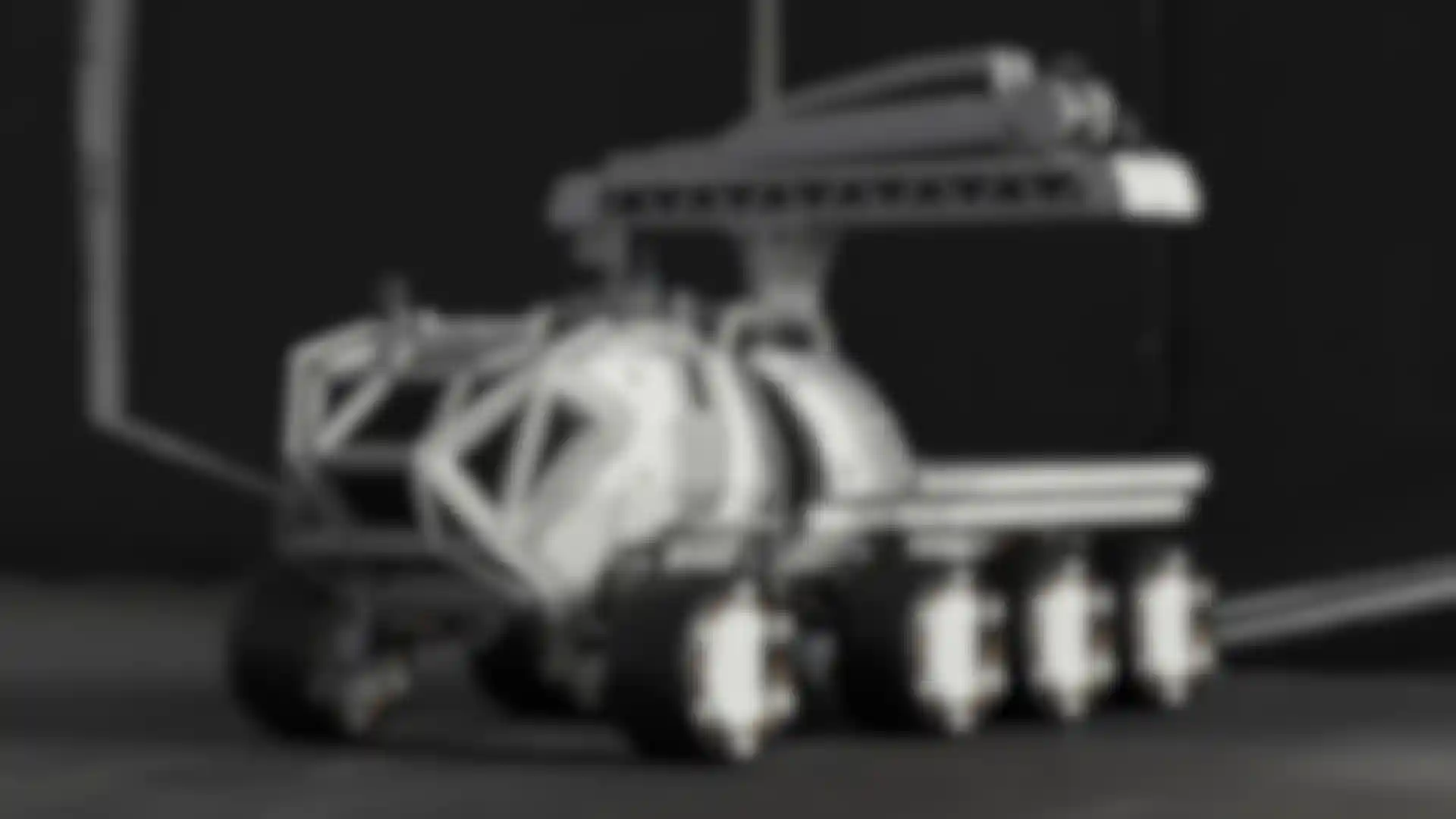
Walk us through your process, explaining a bit about the tools you used.
McCrae: Everything was fairly rudimentary at the start, and it required a great deal of imagination to see what the final piece could or couldn’t be. We began with sketches of the primary scenes/shots and a temporary voiceover to start laying out what needed to be done.
Originally, the animated storyboard called for 11 shots. Some ran long and relied on voiceover or on-screen graphics to tell the story, so it suffered from feeling like you were reading pamphlet rather than experiencing a story. It didn't feel inspiring, so we tried to address why by breaking down the voiceover script and analyzing where we could show something rather than telling it.
We thought carefully about when we could deliver information one way or another and when we should give the story space to breathe. We also wanted to connect more with the idea of showing people living on the Moon. We found a good balance that was within the limitations of the timeline and the software, but that meant we went from 11 shots to 37.
The client was fine with that, and we knew it was best for the film. But it did add pressure to the team, specifically our directors, Olaf and Timo, who gladly accepted the challenge.
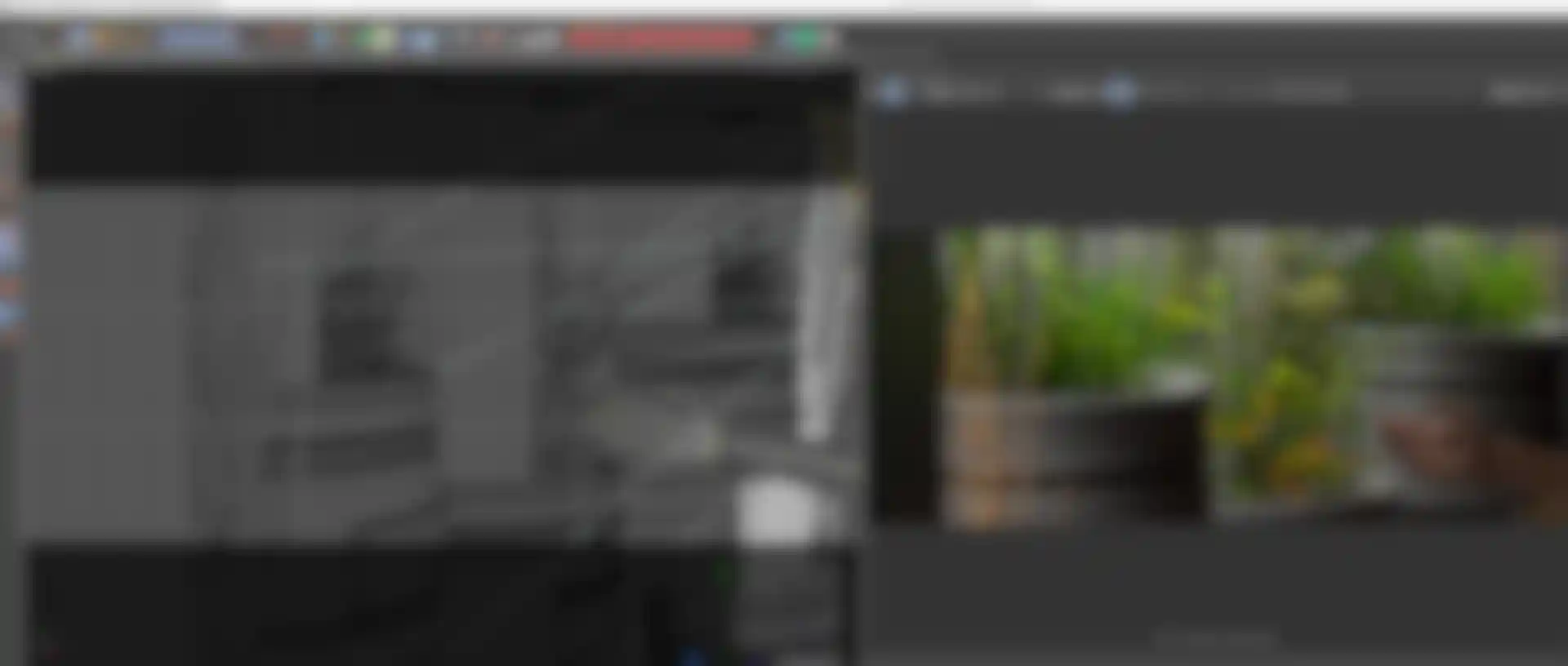
It helped speed things up immensely that we used a combination of stock kitbashes and custom-modeled assets that we made using Cinema 4D. We had planned to use stock motion capture, or even a motion capture suit, to customize our own movements. But we went with keyframe animation the moment we realized we'd be ignoring the laws of gravity or trying to fudge things to make them seem correct.
Working in Cinema 4D gave us the flexibility to easily share working files as production progressed. Using Redshift also allowed for quick previews and gave us the dramatic look that we were aiming for with the landscape of the Moon, particularly with light and shadows.

Revenant’s Animator Luke Angus did a couple of test animations in C4D for us and we quickly decided that all of the animations should be done that way. As for the environments, they were a combination of pre-existing models, custom models and textures. NASA has a lot of great resources available, not just references but important factual data that you can import, so we were able to make things that didn’t just look the part.
Tell us about your experience working Unreal Engine’s MetaHuman Creator?
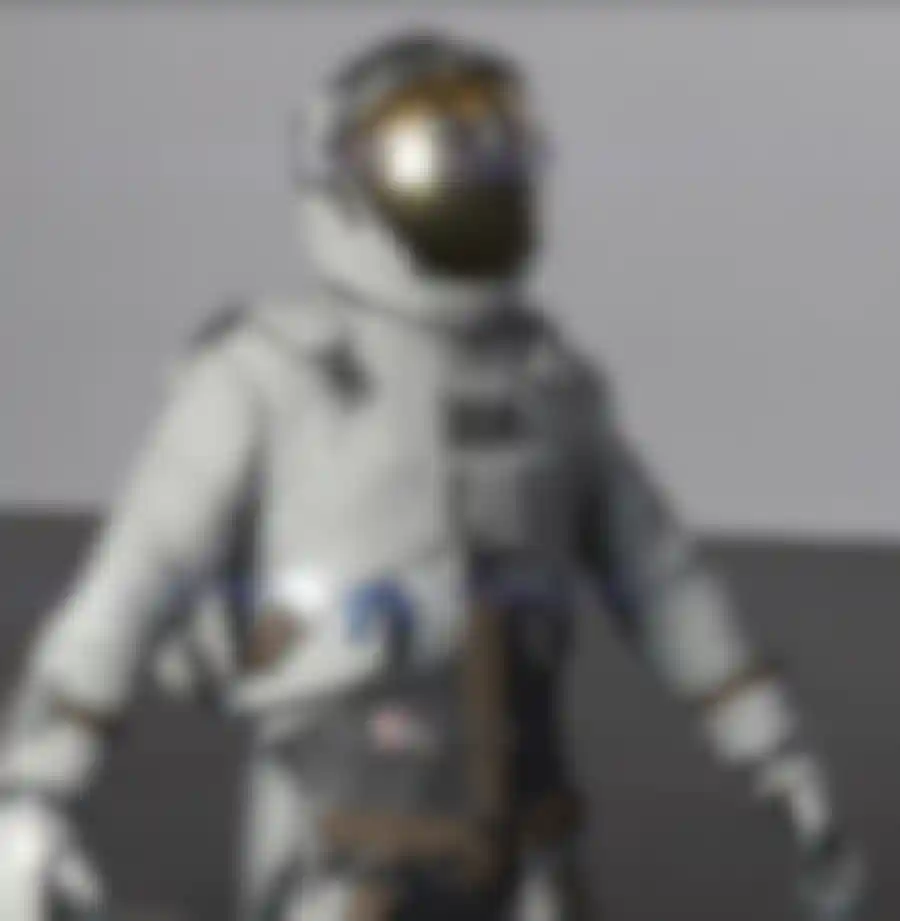
McCrae: The MetaHuman Creator is a tool for creating photorealistic digital humans that can be animated in Unreal Engine. Real-time graphics are pushing what’s possible in the visual effects industry every day. So while the vast majority of “Life Beyond Earth” was rendered offline in Redshift, dipping our toes into Unreal Engine was very intentional.
We wanted to push what was possible with MetaHumanans and see how that integrated with offline rendered elements. We worked closely with the developers at EPIC, and the results were amazing.
We explored the use of Redshift with MetaHuman, testing different processes to achieve the look and feel we wanted. It was important that the aesthetics matched the vision for the rest of the film, and that the character reveal wasn’t too dramatic or different from the tone. We wanted the astronauts to be realistic yet distinctive for our purposes, and the devil was in the details, including features like the wrist comms, straps, camera, and backpack.
Can you talk a little bit about the sound design and music?
McCrae: Box of Toys Audio (BXFTYS) knocked it out of the park. We gave them an incredibly high bar with a temp track from “Interstellar” that we all loved. The track helped set the tone for what we were after and when they came back with their score, we were all floored.
They managed to make something that hit all the cues and had all the feeling we were hoping for. I can't speak highly enough of them, and the piece succeeds because of their music. The subtle addition of radio chatter really helped glue things together.
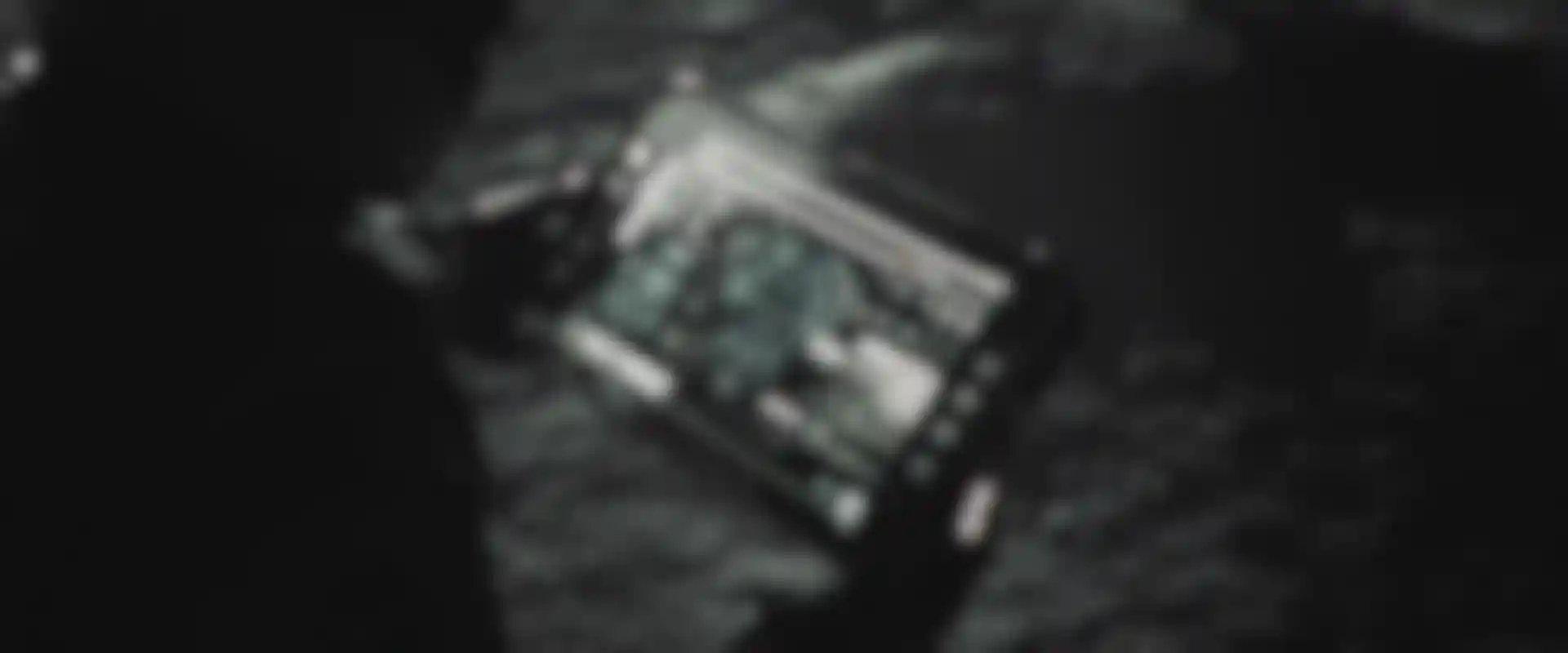
What are you working on currently?
McCrae: It’s a very exciting time for us with the new rebrand. We’ve had such a positive reaction, and we’re looking forward to seeing what the future holds. Right now, we’re working on another project with SOM, a SciFi game trailer, a Chinese music video and a full graphics suite for a 90-minute National Geographic documentary.